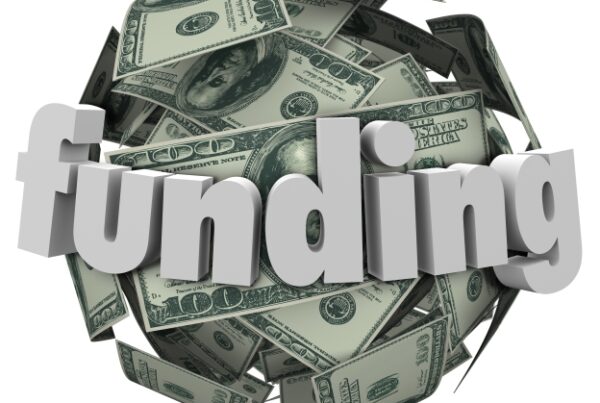
After a corporate successfully launched a sustainability-linked revolver, the treasurer’s phone started ringing.
When it came time for one NeuGroup member to renew an existing five-year revolver, he saw an opportunity to improve pricing and generate positive PR by leveraging the ESG goals that the company had recently put in place.
- The member’s company worked with BNP Paribas and Unicredit to structure a multibillion-dollar sustainability-linked revolver, the first one in its industry sector.
- “I’ve received a lot of calls from other treasurers in the last few months asking how we did it and what it entailed,” the member said. “So I’m sure you’re going to see more in the next few months.”
Link to realistic goals. Sustainability-linked loans incur cost penalties in the form of higher rates or fees if companies do not meet agreed-upon goals. That’s one reason that Martin Rogez, vice president of sustainable finance at BNP Paribas, said banks work with corporates to identify goals the company can realistically achieve and still have a measurable impact.
- These vary from sustainability-focused key performance indicators to the company’s official ESG rating. The member’s company had two linked goals, based on a five-year plan for reducing greenhouse gas emissions and workplace injuries.
- Mr. Rogez said these deals typically do not require much time investment on the corporate’s end, as long as it already has an ESG strategy in place. He said he recommends the company appoint a “sustainability coordinator” to help manage and monitor its ESG goals, someone the bank works with throughout the process.
Setting the rate framework. Mr. Rogez said the interest rate for the revolver is determined by starting with the classic lending criteria of the borrower’s credit profile and a corresponding base rate.
- The bank and the company then agree on a pricing adjustment, which he said is typically a handful of basis points (the same amount for discount and penalty) and depends on the ambition of the goals set, among other factors.
- The pricing impact of meeting the ESG goals could be applied to the loan’s interest rate, its commitment fee or both, he said.
- Each year, a company reports whether it met the goals, and the impact is applied. If the company meets its goal, the discounted rate will apply. If not, the penalty or premium amount will be added to the base rate.
Sending a message. The amount of the impact for the member was ±5 basis points on the interest rate for the revolver’s drawn price, and ±1 basis point on the undrawn fee. The member suggested that before the pandemic these numbers could have been higher.
- And while the pandemic and the company’s credit rating will keep the ESG discount from having much impact on the company’s bottom line, the member said the deal was worthwhile. “Even though it’s not a huge number, symbolically it’s an important message to send.”
- The member said that his company’s revolving credit facility is typically not used; so only having a discount on the revolver’s drawn price “would not be as compelling.” A smaller discount or premium applies to the undrawn price for the company’s revolver as well.
European banks. The member said European banks have more experience working with ESG loans, which is why he chose BNP and Unicredit to be the deal’s primary ESG banks.
- Because there is so much public interest in ESG, the member said it was easy to attract banks. He had the opportunity to choose between 10 banks vying to be partners on the ESG component of the loan.
- The member said he used this opportunity to help one bank to tier one of the credit facility.


